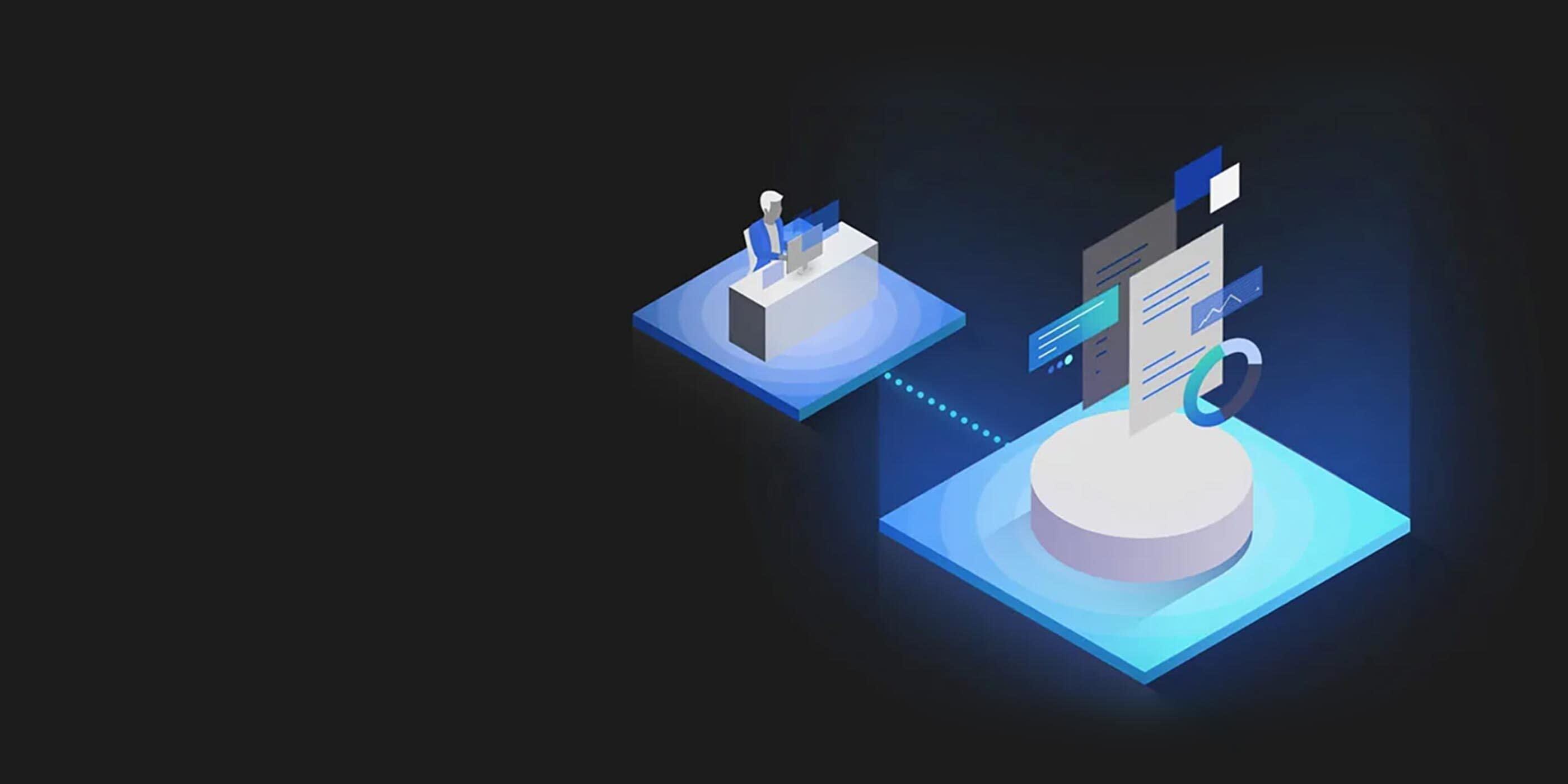This is an explanation of EDI in healthcare in case you were curious. In a word, healthcare EDI, or Electronic Data Interchange, unleashes the power of automation. The expansion and consolidation of healthcare can be solved via EDI solutions. EDI in healthcare can play a significant role in delivering a better caregiving experience while managing complicated and heavier loads as the caregiving momentum increases into sophisticated electronic data exchange platforms. This holds true for both public and private enterprises. Healthcare EDI can achieve operational efficiency with the same or even less resources. A system for electronic data interchange can vary to accommodate competitiveness, legal needs, compliance, and cyclical change.
The healthcare sector is currently experiencing disruption. The only organisations that will succeed are those that use technology to adapt to the situation at hand. With ongoing changes in regulatory requirements, shifting demographics, and new and improved providers, the healthcare industry is establishing a culture of trade and mutual benefit. To be successful, interoperability is essential. Agile technologies will be necessary to comprehend and navigate this new world of caregiving and provide the best integrated healthcare solutions. Healthcare Electronic data exchange will make it possible for the entire supply chain to go from one place to another without experiencing any hiccups, whether it be with medical billing, administrative procedures, or data management.
Information on medical electronic data exchange
- a platform for electronic data interchange (EDI) to share data on healthcare benefits or eligibility
- Using electronic data interchange payments, medical bill status or claims can be easily tracked.
- With edi systems, healthcare providers and payers can communicate with one another
- a platform for the global sharing of electronic data for automated healthcare solutions
The following are some benefits of EDI in terms of healthcare compliance:
- simplified processes thanks to a common format
- standardised formats for payments, eligibility, claims, and status
- Every healthcare organisation can be uniquely identified according to the National Provider Identification Number (NPI).
- Transparent and orderly transaction flow
- quicker response and fewer claims that are denied or rejected


